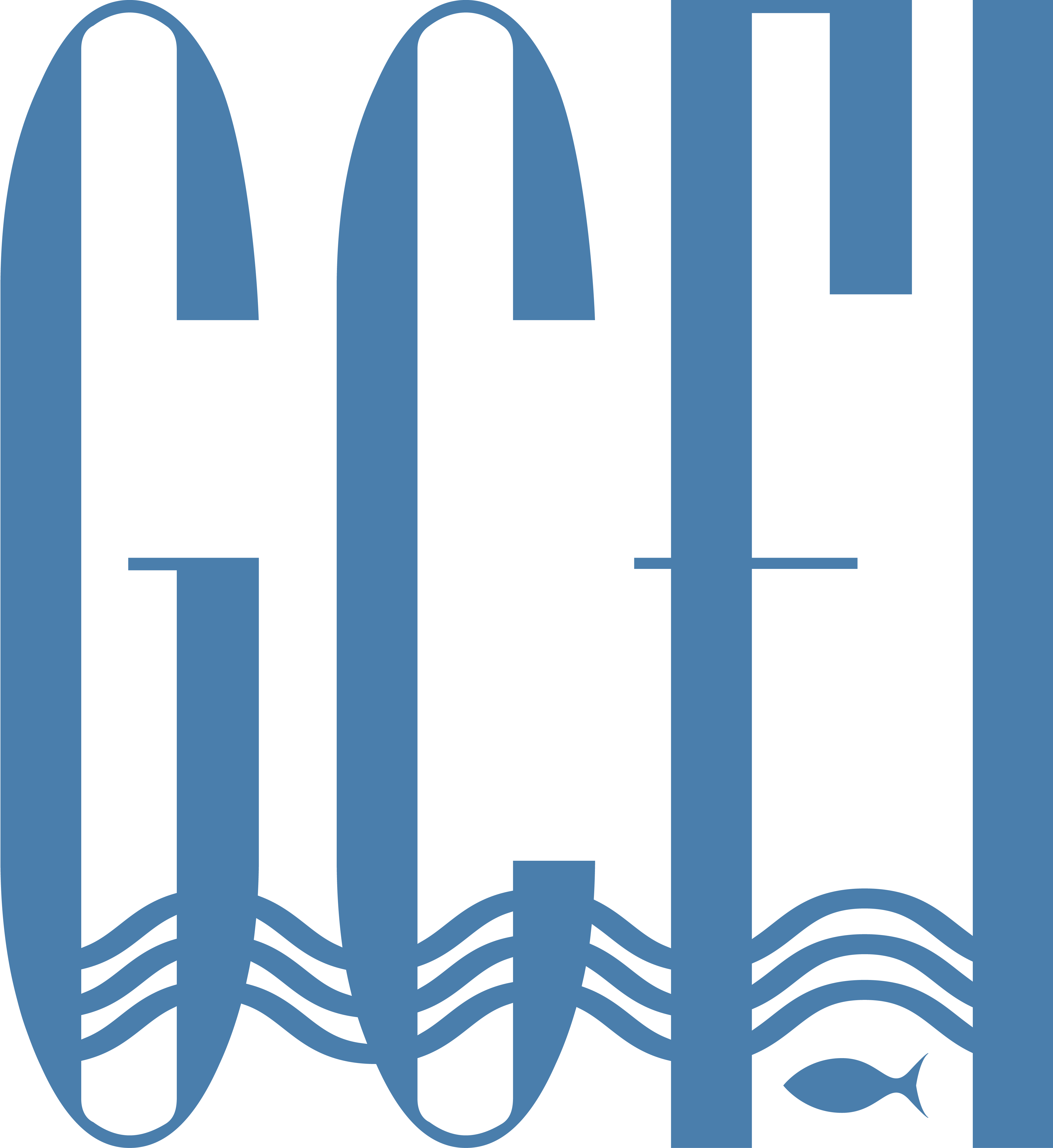Home > GCR > Vol. 31 > Iss. 1 (2020)
Alternate Title
Focus-Stacked Images of Fish Jawbones for Stomach Content Analyses: A Case Study with Select Taxa from Tampa Bay, Florida
Document Type
Short Communication
Abstract
Trophodynamics and ecosystem models have been increasingly used in evaluating fish stocks, requiring accurate diet data; however, complications with identifications arise when the soft tissues of fish prey break down during digestion, limiting the taxonomic resolution obtained during stomach content analyses. Although scales and otoliths are relatively resistant to digestion, their usefulness for distinguishing among fish prey species is limited. Jawbones are frequently observed in predator stomach contents, and while morphologies of some fishes have been described, available information is frequently inadequate for practical application in stomach content analyses. Line drawings have long been the traditional means to convey complex forms of jawbones, but more recently there has been a shift towards using focus stacking techniques to produce higher quality images. With the aim of increasing taxonomic resolution of fish prey observed in stomach contents, we investigated the utility of using focus stacking methods to generate reference images of fish jawbones for fish taxa. Here we present the methodology used to produce high quality images of jawbones, as well as the descriptions of four common prey species (Microgobius thalassinus, Microgobius gulosus, Lagodon rhomboides, Diplodus holbrookii) from Tampa Bay, Florida. Processed images are available to be viewed here: https://www.flickr.com/photos/myfwc/albums/72157708927360383.
First Page
SC1
Last Page
SC5
DOI Link
Recommended Citation
Ramos-Tafur, G. E., K. A. Thompson, J. Knight-Gray, B. J. Hall-Scharf, D. D. Chagaris, T. S. Switzer, R. E. Matheson and R. H. McMichael Jr.
2020.
Focus-Stacked Images of Fish Jawbones for Stomach Content Analyses: A Case Study with Select Taxa from Tampa Bay, Florida.
Gulf and Caribbean Research
31
(1):
SC1-SC5.
Retrieved from https://aquila.usm.edu/gcr/vol31/iss1/2
DOI: https://doi.org/10.18785/gcr.3101.02





